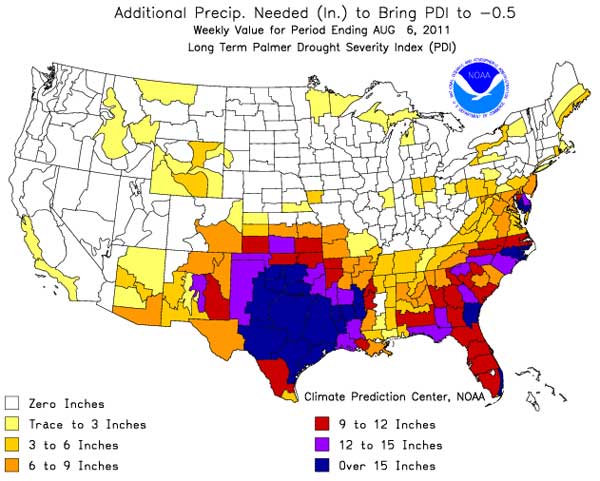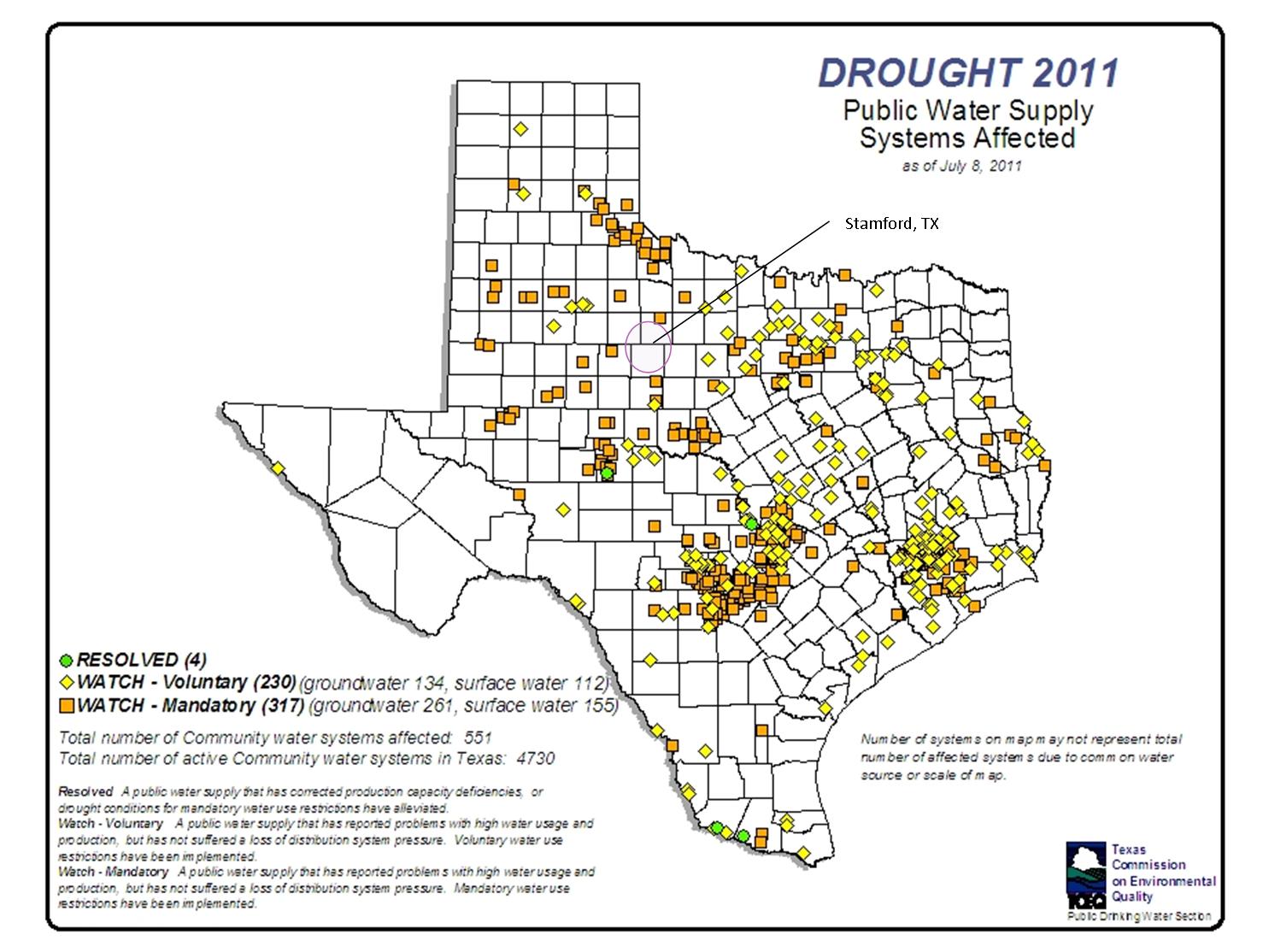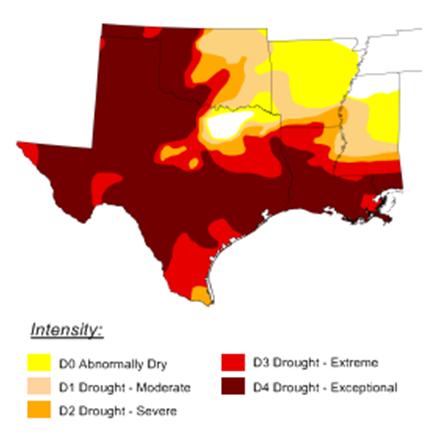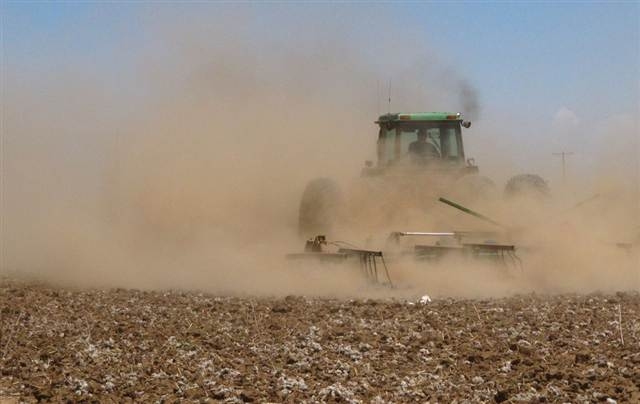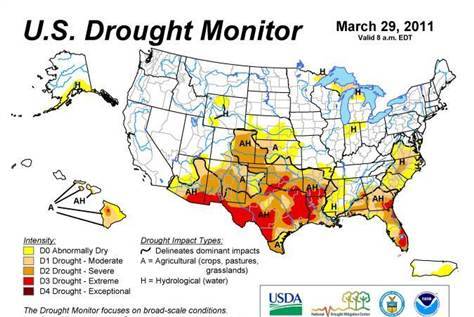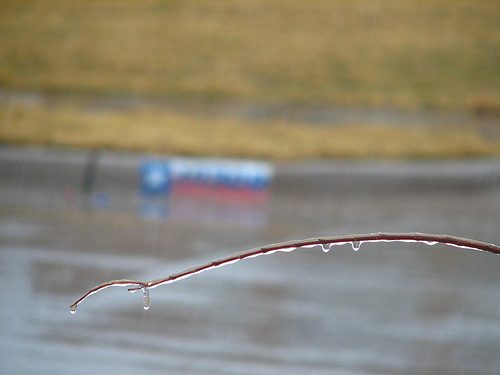San Antonio, TX — Nuclear power is the most water intensive energy source available. When San Antonio and all of Texas are suffering from extreme drought and are increasingly in need of sources of drinking water, pursuing more nuclear reactors doesn’t make sense, especially true since cheaper, safer alternatives such as energy efficiency, wind, geothermal and solar energy are available. All use significantly less water than nuclear reactors.
Dr. Lauren Ross’ comments are timely in that the Texas drought continues to worsen, and the Atomic Safety and Licensing Board is still considering nine water-related contentions submitted in opposition to additional reactors by SEED Coalition, Public Citizen and STARE, the South Texas Association for Responsible Energy.
“Nuclear reactors consume vast quantities of water,” said Dr. Lauren Ross, environmental engineer and owner of Glenrose Engineering. “The proposed STP reactors 3 and 4 would withdraw 23,170 gallons per minute from the Colorado River. The two proposed reactors would increase forced evaporation by an additional 37,400 acre-feet per year. The water withdrawal required from the Colorado River to replace evaporated water for all four reactors would be about 74,500 acre-feet per year.”
“Water withdrawal for STP’s nuclear reactors can be a significant fraction of the total river flow. Peak water use so far occurred on September 16, 2001, when the water withdrawal was 48% of the total Colorado river flow near the reactor site,” said Dr. Ross. “From January 1, 2001 through September 30, 2006 there were 69 days when withdrawal for existing STP reactors was equal to or greater than one quarter of the entire river flow.” With four reactors and an increase in the surface water demand, the river flow in the future could go even lower than it is now.
Estimated groundwater use would more than double from an average of 798 gallons per minute for the existing facility over the last five years to a level of 2040 gallons per minute for all four reactors, according to Dr. Ross, but STP wants to wait on analyzing groundwater availability until after the permit is issued.
The year 2008 was one of the driest years on record for Central Texas. Dr. Ross’s most recent research shows that in 2008 water use by LCRA’s firm water customers plus four irrigation operators was more than twice that of the Highland Lakes inflows for the same period, so losses are not being replenished. Moreover, STP’s authorized withdrawal is more than one-third of the total Highland Lakes inflow for 2008.
Water versus Energy
The San Antonio Water System recently filed suit for breach of contract against the Lower Colorado River Authority for $1.23 billion. The suit claims that the water-sharing project was killed by the river authority in order to make sure there would be enough water for power plant deals in Matagorda County. At the same time CPS Energy, the San Antonio municipal utility, seeks to be a partner in the proposed nuclear reactors for Matagorda County. STP’s annual permitted withdrawal from the Colorado River is 102,000 acre-feet per year, incredibly close to the amount in the canceled LCRA/SAWS water agreement, 102,500 acre-feet per year (average).
“Will we reach a point where San Antonio will have to decide which matters most, electricity from nuclear reactors or water for drinking?” asked Alice Alice Canestaro-Garcia, visual artist and member of EnergÍa MÍa. “It makes no sense to build two more reactors, which together would use enough water to fill 1,440 swimming pools in one day.”
Increasing Radioactive Contamination
South Texas Project’s license application fails to evaluate the increasing levels of groundwater tritium, a radioactive isotope of hydrogen that can be dangerous if inhaled, ingested or absorbed through the skin. Tritium emits Beta radiation that causes cancer, cell mutation, and birth defects. “Tritium has been detected in two of the pressure relief wells that collect water leaking from the unlined bottom of the existing main cooling reservoir. Concentrations of tritium have been increasing in both wells, and these concentrations could rise if two more nuclear reactors are built at the site,” said Dr. Ross.
A state water permit proposed for the site fails to address radionuclides such as tritium, and doesn’t require monitoring for total dissolved solids, some metals or the chemicals added by the facility, such as biocides, sulfuric acid, and anti-scalants. There are also no sulfur or sodium limits for the wastewater discharges, even though these are significant components of the water that would be released back to the Colorado River system.
The application’s Environmental Report relies upon a dilution factor of 10 to meet discharge standards, but fails to provide information about how much the waste discharge loads would change with two additional nuclear reactors. It fails to analyze the consequences of the load increases into a system with only a small change in the dilution factor, since the storage volume would increase only 7.4%.
The reactor application admits that “5,700 acre-feet per year leaks through the unlined bottom of the main cooling reservoir into the underlying Gulf Coast Chicot Aquifer” and 68% of it is recovered. The rest migrates underground, seeping into nearby surface water bodies, into pumped wells or the estuaries of the Gulf of Mexico.
“Failure to monitor and regulate leakage through the bottom of the main cooling reservoir constitutes a failure to protect groundwater and surface water from plant operations,” said Dr. Ross.
For more information, visit www.EnergiaMia.org
Read Full Post »
